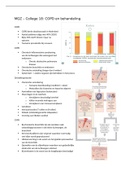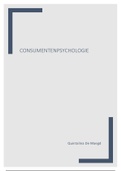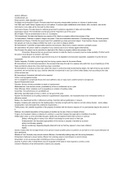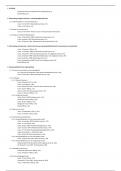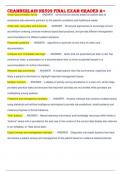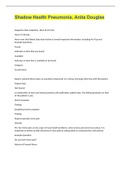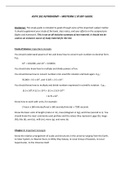Zusammenfassung
Summary Psychopathology 8112 - Exam Notes
- Kurs
- Hochschule
These notes include: • All the learning units and relevant learning objectives (LU1-LU13) • DSM-5 diagnostic criteria (where necessary) They combine notes from the lecture slides, articles and the textbook.
[ Mehr anzeigen ]





